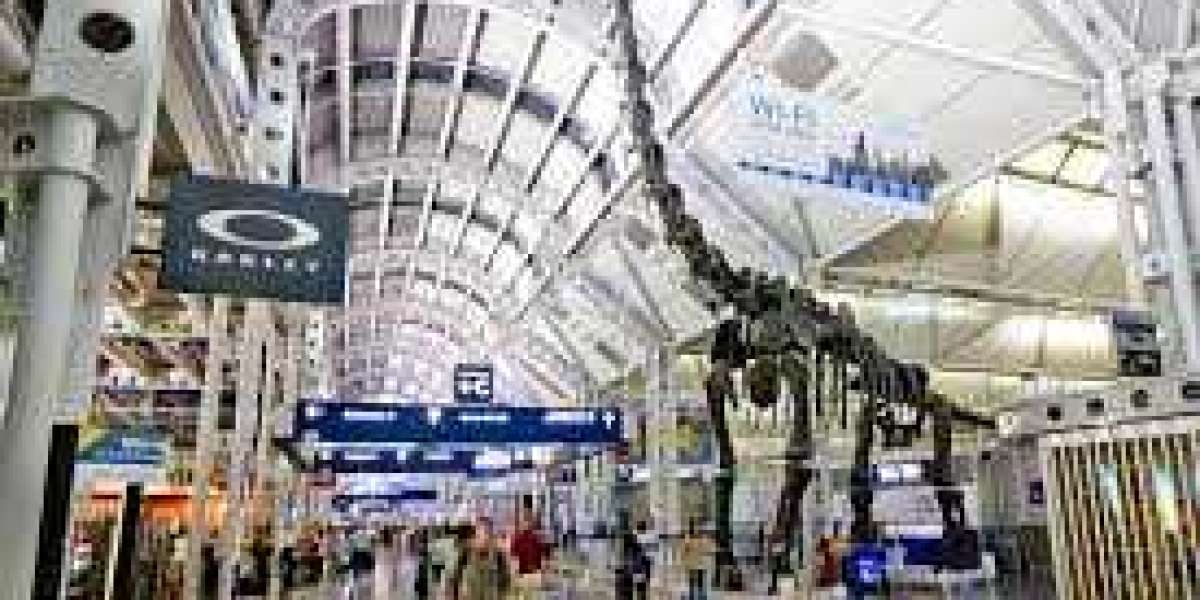Introduction:
In the history of human exploration and scientific achievement, few events have captured the world's attention quite like the moon landing in November 1969. Led by NASA's Apollo 11 mission, this groundbreaking event marked the first time in history that humans set foot on an extraterrestrial surface. With the whole world watching, astronauts Neil Armstrong, Buzz Aldrin, and Michael Collins embarked on a journey that would forever change our understanding of space and humanity's place within it.
Event Description:
On July 20, 1969, at approximately 20:17 UTC, the Apollo 11 lunar module, named Eagle, landed on the surface of the moon in the region known as the Sea of Tranquility. Neil Armstrong, the mission commander, famously radioed back to Earth the now-iconic phrase, That's one small step for man, one giant leap for mankind as he took that first historic step onto the moon's dusty surface.
The surreal scene unfolded as Armstrong and Aldrin prepared to explore their surroundings, while Collins remained in lunar orbit, ensuring their safe return to Earth. Together, Armstrong and Aldrin conducted experiments, collected samples, and planted the American flag in a moment imprinted in the collective memory of humanity.
Throughout their stay on the moon, the two astronauts conducted various tasks, including deploying scientific instruments, gathering rocks and regolith samples, and conducting experiments to study the lunar environment. They also set up the Lunar Roving Vehicle (LRV), a revolutionary electric-powered vehicle that allowed them to traverse the lunar surface with ease, extending their exploration beyond what was otherwise possible.
The world watched in awe as live television coverage beamed back images of Armstrong and Aldrin's historic exploration, capturing moments that will forever be etched into human history. The successful completion of the mission marked a culmination of years of dedication, innovation, and technological advancements that pushed the boundaries of human achievement.
After spending approximately two and a half hours outside the lunar module, Armstrong and Aldrin prepared for their departure from the moon's surface. As they re-entered the lunar module, closing the hatch behind them, a feeling of accomplishment and pride resonated both in space and on Earth.
nike air max 1 prm atmosphereThe triumphant return journey back to Earth marked the end of a remarkable chapter in human exploration. The world celebrated the extraordinary achievement of mankind's first steps on another celestial body, and the Apollo 11 mission set the stage for further lunar exploration and the quest to explore even deeper into the reaches of outer space.
Conclusion:
nike sacai marseilleThe moon landing of November 1969 stands as a pivotal moment in human history. Through the courage, determination, and groundbreaking spirit of the Apollo 11 astronauts, humanity demonstrated its incredible capacity for exploration and its unyielding curiosity about the universe we inhabit. This event eternally symbolizes the limitless possibilities when science, technology, and the human spirit converge to overcome seemingly insurmountable challenges.
nike sb dunk low jpack chicago


